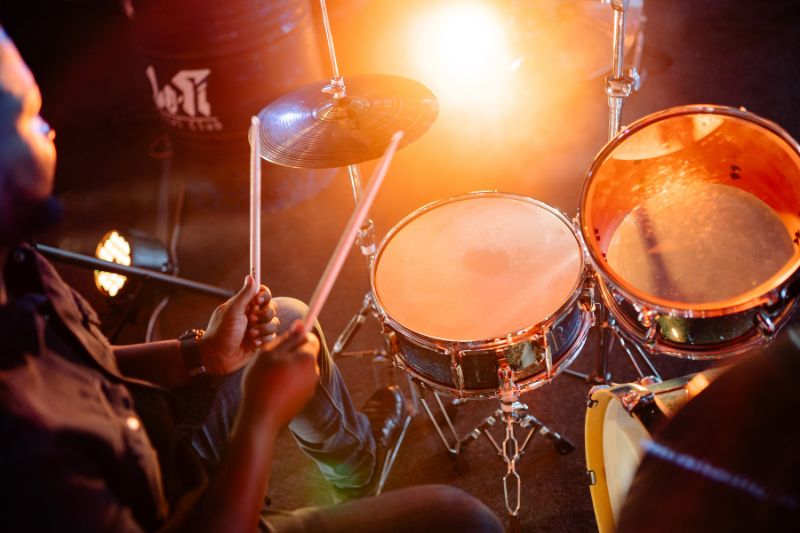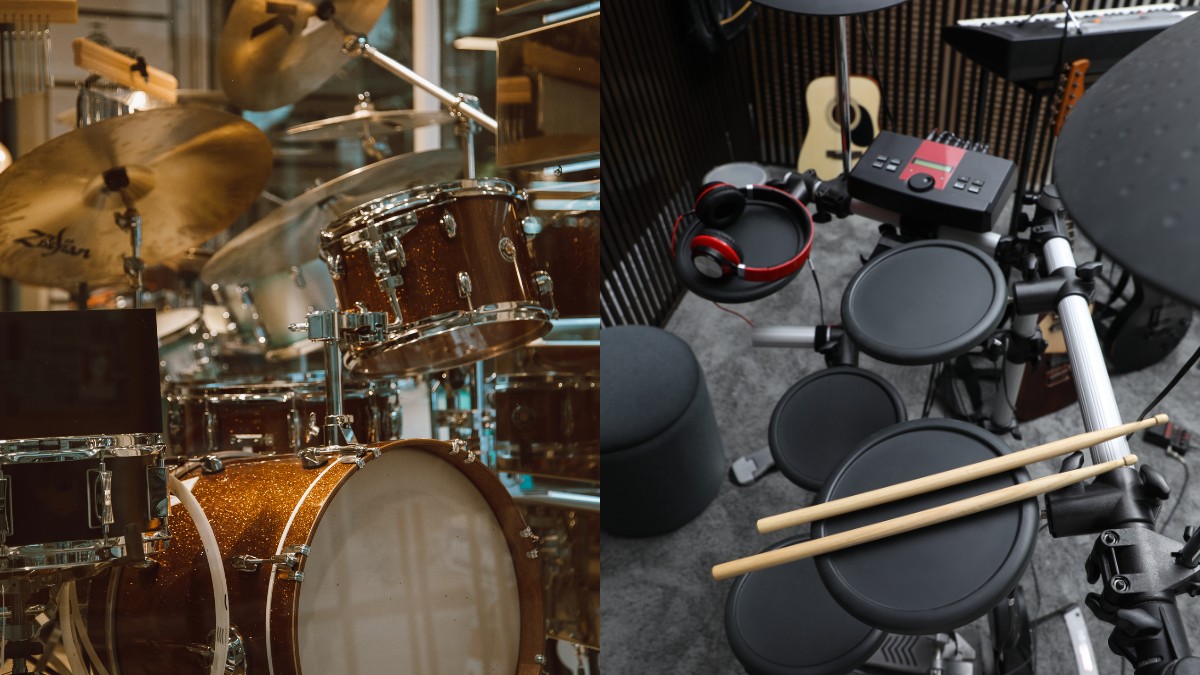How to Warm Up When Playing Drums

Warming up when playing the drums is a very important thing you should always do. Playing drums is both a mental and physical activity, and warming up before drumming can help prevent injury.
It’s always a good idea to start doing warm-ups or “rudiment burns” before you play a gig, or maybe a long practice session. Doing this will ease your arm stretches when you reach for the cymbals and toms, and make you comfortable behind the drum set. It will also get your blood pumping and elevate your heart rate so you are ready when you start the gig.
Just like any other physical activity where you do stretches before a run, or maybe lift a pole before putting weights on it, you want to do the same thing with drumming. How you do this is all up to you and you have to figure out what works best for you.
Not only is warming up a great way to get ready for drumming but it can also help you in overcoming and preventing drumming-related injuries.
Contents
Warming Up Before You Even Sit on The Drums
Even though there are a lot of rudiments, patterns, and beats you can do to get warmed up, first things first – you have to warm up your muscles.
1. Shoulders. You use your shoulders a lot while playing the drums and not having them warmed up can lead to injury. How you do the shoulder blade squeeze is very simple. You just need to sit or stand up with your back straight and push your shoulder blades together. Do this a couple of times, not only when you are playing, but throughout the day as well. It will help you tremendously.
2. Hands and arms. You want to stretch the muscles in your hands and arms the same way you would the shoulder blades. Rotating your arms while doing grips with your hands is a great way to let those muscles know they are about to be active.
3. Legs. You can choose one of a million warm-ups for your legs and feet, but what I recommend is this – sit and put one of your ankles on your knee, then push the other knee down slightly. This will stretch the muscles in your legs and you’ll be ready to go on stage and play freely.
Warming Up on The Drum Set
Now that your muscles are stretched and ready to go, you want to warm up on the drum set, or even a practice pad would work. The most common techniques for warming up on the drum set are doing single strokes, double strokes, and paradiddles.
1. Single strokes and double strokes. Try to set your metronome to 70 or 80 BPM and play those while moving around the set. Start with the snare drum, different toms, hi-hat, and floor tom. Once you feel good around the set, try to alternate between the kick drum pedal and the hi-hat pedal as well.
It’s also important to do both wrist strokes and finger strokes when you do this. Once you feel comfortable playing singles and doubles to that BPM, try increasing it and warming up to a faster tempo.
2. Paradiddles. Doing paradiddles (RLRR LRLL) is also a great way to warm up. The most important thing to do when you’re warming up with paradiddles is to move around the drum set and alternate with your kick and hi-hat pedal as well.
Besides the ones I mentioned, you can also do pretty much any basic rudiment for a warm-up. Just find a creative way to move around the drum set and you’re golden! A lot of drummers like to change up the rudiments and patterns they play just to keep it interesting.
Does warming up really prevent injuries?
Absolutely! As with any other physical activity, you warm up so as to let the muscles know you’re about to do some strenuous activity. This is not to say that if you DO NOT warm up, you will get injured right away, however, the likelihood of injury is significantly higher, especially if you start out strong from the get-go.
Since drummers are extremely prone to lower back pain, sprains, elbow epicondylitis, and tendonitis, a proper warm-up of stretches, exercises on the drums, and just getting your heart rate up a little bit will go a long way.
Do drummers need to be fit?
Not necessarily but let me explain. Drumming requires a certain amount of competency and fitness level, however, not all genres of music require a fit drummer. Rock and more aggressive genres do require a high level of intensity and a fit drummer to pull it off but gentler genres like swing, blues, or even jazz do not require such a feat of athleticism. That said, it is recommended to be in a certain shape and be able to drum for a certain amount of time before you break or can’t continue since most gigs last 1 to 2 hours.
Conclusion
I hope these warm-ups will help you out in your routine when playing the drums, especially if you play live gigs. Not only will this increase the quality of your performance, but it will also help you prevent any injuries. And you know what they say, a healthy drummer is a happy drummer, or was it the other way around? Nevertheless, keeping yourself healthy and injury-free is always recommended.







